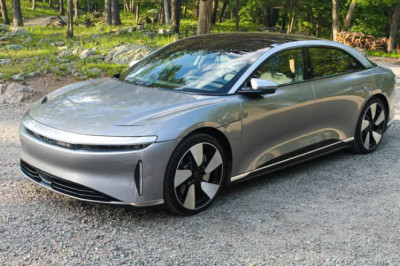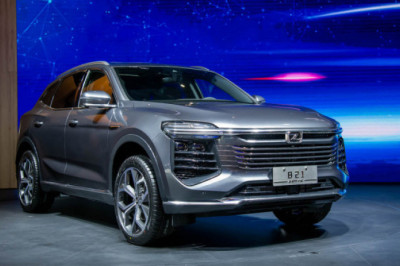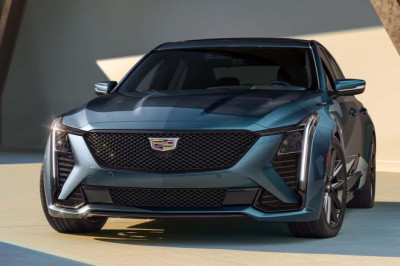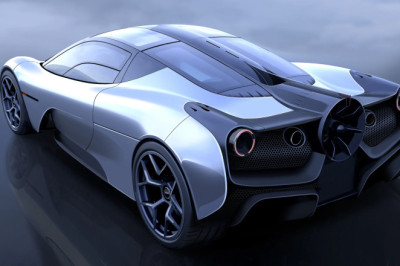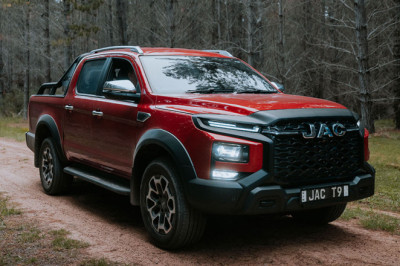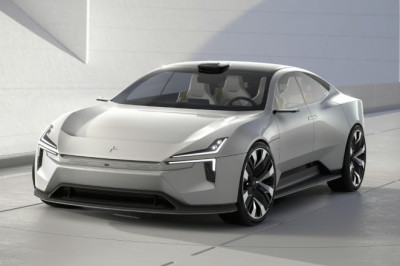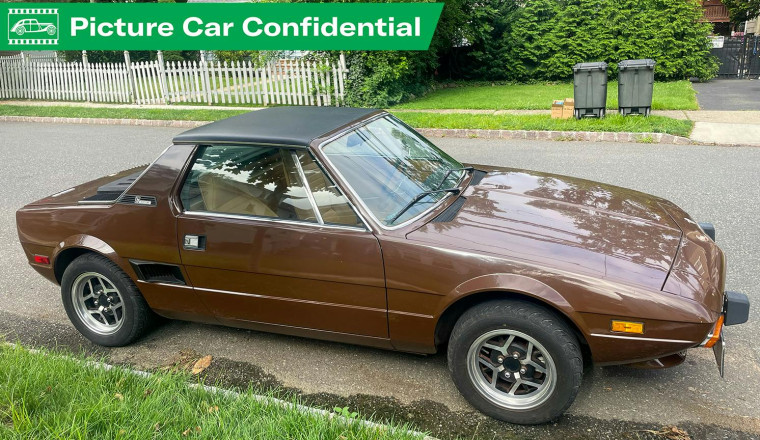
We come to you now as the moving picture business slowly begins to dig itself out of five years of doldrums. The slowdown was sparked by Covid in 2020 and followed by the seven-month writers’ and actors’ strikes in 2024. Both walkouts were underpinned in large measure by the highly leveraged merger of Warner Bros. and Discovery two years prior and subsequent fears of the new, larger company’s inability to service its epic $50 billion debt. There was, too, the related, near-term cost-saving advantage to the merger’s architects of halting production while revenue from already filmed productions continued to roll in. (It made the whole thing look less reckless.) Credit also the volatile, not always rational stock market and the up-and-down movement of stock prices. Activist shareholders, typically of the private equity variety, stepped up attacks on management, often for frivolous things like taking the long view and investing in their company’s future.
There’s plenty of macro to think about in the business of supplying cars for film and TV. Yet as I steer Octane Film Cars’ trusty 2021 Ford F600 rollback truck up the New York State Thruway, hauling our 1936 Riley Kestrel 12/4 Sprite to Troy, New York, for duty in an independent film—where it will soon join a Ford AA stake truck, a Citroën Traction Avant, and a 1937 Packard seven-seater Touring Sedan we’ve also sourced—I’m thinking small. I’m glad we’re busy again, with four productions on the go. And, once again, I’m thinking about cars I’d like to add to our rolling stock, as I have been since I first sort of owned a car with friends, at the age of 14. (Four of us laid down $12.50 for a quarter share in a fire-damaged 1957 MGA that didn’t run and never would, though we got close. Ultimately, we broke it for parts and made a small profit, a pleasant experience that took decades for me to revisit.)
Perhaps a day or two has gone by, maybe sometimes even a week. But I can guarantee no single month has ever passed when I wasn’t thinking about adding to the collection. Even that long-ago hot Boston summer when I had no car at all, riding to B.U. every day on my bicycle to study for the bar exams. An intoxicating freedom and boon to physical fitness defined those carless months.
Alas, it couldn’t last.
Subsequently ensconced in a judicial clerkship that required wheels (you try commuting from New York City’s East Village to Perth Amboy, New Jersey, every day on a bicycle), I concluded it was a good idea to buy a barn-find $100 1969 Rover 2000TC for a quick recommission. Bad plan. The C-note it cost to buy was the only cheap thing about it. And the first time I made it to work and back for a whole week without breaking down, I knew that its replacement, the just launched 1985 VW GTI Mk2 for which I’d just taken on the biggest loan I’d ever seen, was a lot better idea than I’d realized. Not that I didn’t buy another 2000TC a couple years later; it just made more sense as a fourth car. And even more sense when I sold it. But then I bought an even more complex P6 Rover, the V-8-powered P6B, a 3500S, to restore. Lest you ever think there’s anything but automotive bad plans in my repertoire, I eventually came to my senses, Rover-wise. I bought 2 SD1s. (Yes, I know the joke: “You’ll be the SaD1, when you buy one.” Hahaha.) One still remains with me, and it’s way better than you might think. But only as a ninth car.
Which brings me, quite naturally, to the reflection that maybe I’ve lived my life wrong. Surely I’ve spent far too much time, money, and psychic energy on automobiles, when there are always other pressing calls on my finances, my attention, and my sacred mind space. I frequently come to this somewhat concerning conclusion. But then I remember that self-reflection is not really my strong suit. My mind space is hopelessly disordered and built to stay that way.
Such is proven when I recall what was on my mind last week, when I made a hair-trigger decision to buy a low (50,000) mileage, un-rusted, ex-Californian 1978 Fiat X1/9, finished in marrone seppia (sepia brown) with a tan interior. You don’t see them like this very often, the price was right, and on the day in question, that was good enough for me.
When it debuted in the U.S. in 1974, the X1/9 was an unlikely mid-engined marvel. Based on Fiat 128 mechanicals, its wedgy lines—the work of Bertone’s Marcello Gandini, the legend behind masterworks like the Lamborghini Miura—seemed to capture the future in the form of an economy sports car. Upon the model’s launch, England’s respected Car magazine reckoned it to be “the most significant sports car of our time,” further predicting that it would put hoary veterans of the early 1960s sports car wars like the Triumph Spitfire and MG Midget to bed for good.
A moderate sales success, with approximately 170,000 of them sold over 17 years, more than two-thirds of X1/9s wound up in the USA. A bit of a forgotten game changer, then, the baby Fiat single-handedly established the budget mid-engined formula that would later be adopted by Toyota with the MR2, Pontiac and its Chevette-adjacent Fiero, and MG’s mid-engined F, which shared plenty with the entry-level Mini-Metro. Yet even though these sports cars with the hearts of commuter cars thrilled many an enthusiast owner, they ultimately got swept aside. What changed? Sports cars have pretty much been swept aside, for one thing. Maybe it’s all those 7500-pound road hogs out there making things seem scarier for open-topped, small-car motoring. American car buyers have changed, that’s for sure. But not this one, evidently.
Here in America, the targa-topped X1/9’s meager supply of horsepower from its 1.3-liter overhead-cam four—the work of celebrated engineer Aurelio Lampredi—delivered around 75 horsepower, which was once good enough for many of us. Abetted by a mere 2200-pound curb weight, it wasn’t fast, but it handled like a supercar and, unexpectedly, it was remarkably safe. There was a prevailing notion that having a motor upfront, as opposed to the Fiat’s mid-engine configuration, was a safety plus. But this wasn’t the case. In fact, according to a fine pocket history of the model written for Motor Trend by Rory Jurnecka, “the X1/9 was somewhat overbuilt for its size to cope with then-pending U.S. safety regulations that would have mandated all vehicles sold in the country to withstand a 50-mph head-on collision. The X1/9 was one of two production cars of the day able to pass the test, the other being a Volvo sedan.”
The awkward, garden trellis cum cow-catcher two-bar bumpers, with which our 1978 model was delivered new to California 47 years ago, have been replaced by petite rubber bumper blocks. While surely less useful, they are infinitely more handsome. Our car’s dented nose may reflect the downside to such bumper-ectomies, but the excision makes an X1/9 so much better looking. It’s a trade-off I’d be organizing myself, if it hadn’t already been done for me. And because the car is barely rusty, having spent most of its life in the Golden State, any mechanical foibles it might have will be dwarfed by the savings (cash and mindspace) of not having to rebuild its rusty base unit. For there is no unit more base than that of a rusty Fiat.
That said, as far as rust is concerned, Fiats get a bad rap. No strangers to decomposition, obviously. But they were no worse than many other cars of the 1970s, which we can now remember as the Golden Age of Rust. I don’t know this for a fact, but I wouldn’t be surprised that it coincided with a killer wave of auto and/or steel industry cost-cutting. Certainly, I remember rusty Fiats from back in the day. But I also have vivid memories of my friend’s mom’s 1973 Pontiac Grand Am, long overdue for crushing when it took its final ride to the automobile graveyard, aged four. Still, it beat my high school physics teacher’s 1972 Chevy Vega wagon, dead from iron oxide–related illness and gone to heaven in just 24 months. Similar tales exist for any BMW from the era. Or Ford, AMC, or Mopar. I could go on.
***
A man of many pursuits (rock band manager, automotive journalist, concours judge, purveyor of picture cars for film and TV), Jamie Kitman lives and breathes vintage machines. His curious taste for interesting, oddball, and under-appreciated classics—which traffic through his Nyack, New York warehouse—promises us an unending stream of delightful cars to discuss. For more Picture Car Confidential columns, click here. Follow Jamie Kitman on Instagram at @commodorehornblow; follow Octane Film Cars @octanefilmcars and at www.octanefilmcars.com.






